Offa's Dyke - Day 6:
Yesterday was our first proper "touring" day, and we made the most of our relative (but not actual) closeness to Machynlleth to visit the Centre for Alternative Technology (CAT) - an inspiring organisation that specialises in sustainable living.
When we first visited CAT back in 1995, it turned out to be a perfect day both of us fondly remember. We have returned several times since and enjoyed watching the site, educational work and influence of the CAT organisation flourish and grow.
As someone fascinated with technology (and I'll informally define that as, crafting the world through creativity and coherent invention to better engage and interact with it to some valuable aim or benefit), the "alternative" part of the CAT name has always appealed to me.
I'm a software engineer, a job most folks imagine is at the heart of "new" or "hi"-tech. Yet I, and many of my colleagues, will tell you that "new" and "hi"-tech is not necessarily the same as "good". The focus on "alternative" appeals to the engineer in me: it means I'm not constrained to frame my thinking via the tired stereotypes found in our culture.
A good example of what I mean is the first thing you see upon arrival at CAT, a water powered funicular railway.
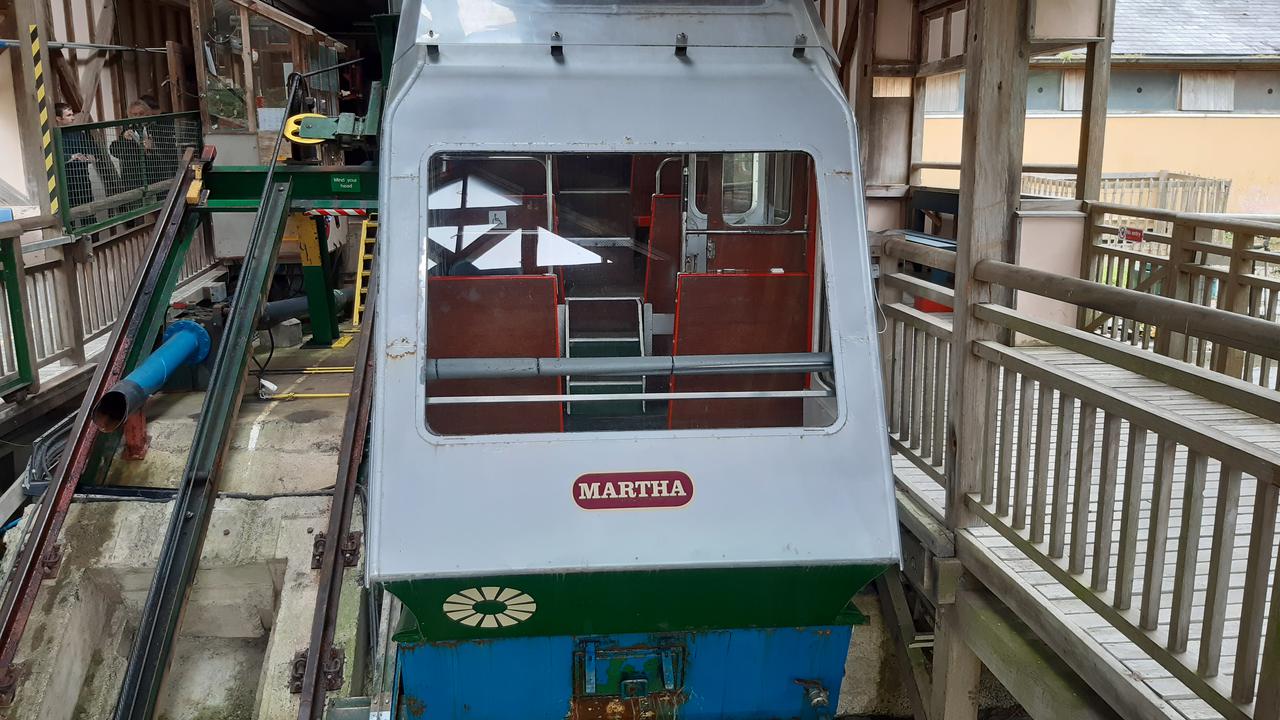
Clearly there is a lot of technology going on here, but it's not a computing "tech" mode of transport like a Segway or self-driving car. If you understand simple physics, it's easy to figure out how it works. That it runs on water, an abundant resource in rainy Wales, means the energy cost of running the system is very small and doesn't involve polluting the environment (rather, it complements and integrates the ambient environmental conditions).
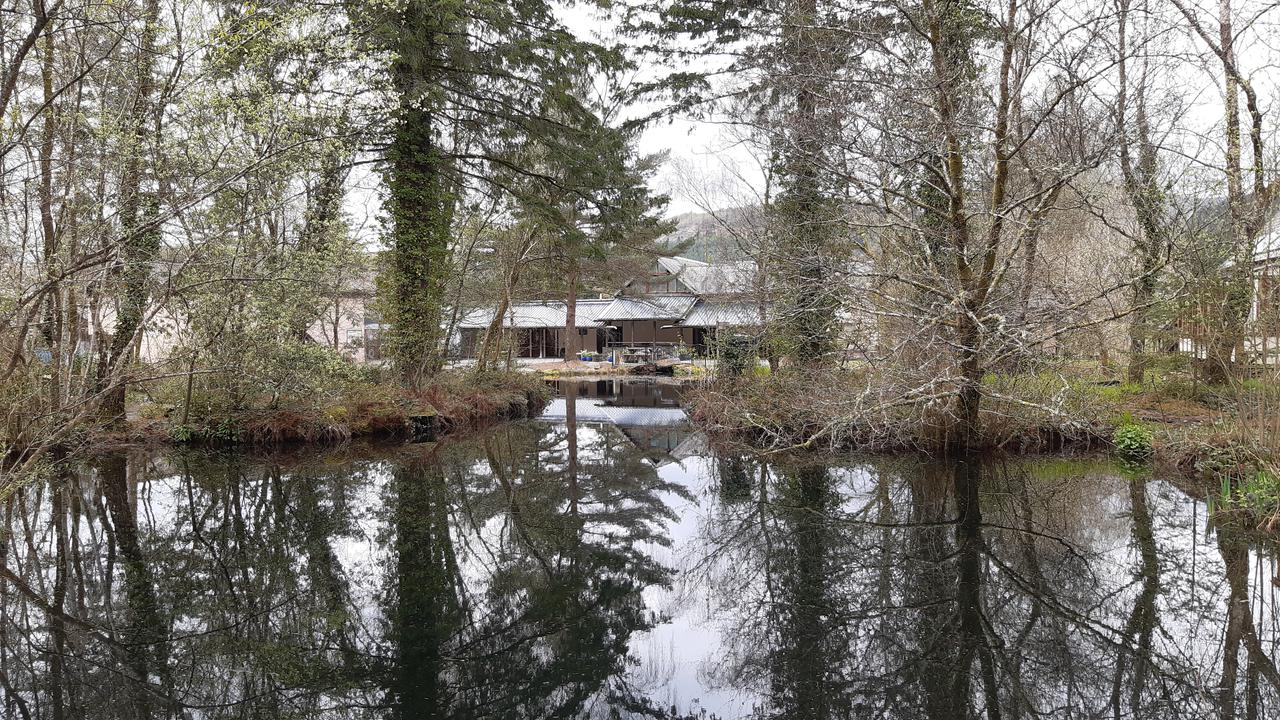
I like this enlarged view of technology, beyond just the thing being imagined or a "tech" mode of creation.
Sustainability, impact and the life-cycle of the "tech" is carefully considered. This is a very different approach to "smaller, faster, cheaper" gizmos and apps inflicted upon "consumers", created and made with a development process based on the mantra of "move fast and break things", whose aim is to maximise shareholder profit. Put simply, there is a philosophical aspect to tech that is, in my experience, often missing or actively discouraged in "tech" culture.
And so, we chose to take part in the guided tour because we wanted to see and hear about the centre from our guide: someone intimate with the ethos and practicalities of such an enlarged outlook to technology.
Despite being semi-regular visitors over the past 27 years or more, both Mary and I learned so much from our guide, Joel, who patiently fielded questions and engaged our group both with the story of CAT and the various things found therein (such as modular Segal method buildings, or the diverse number of energy solutions, such as the hydroelectric generator shown below).
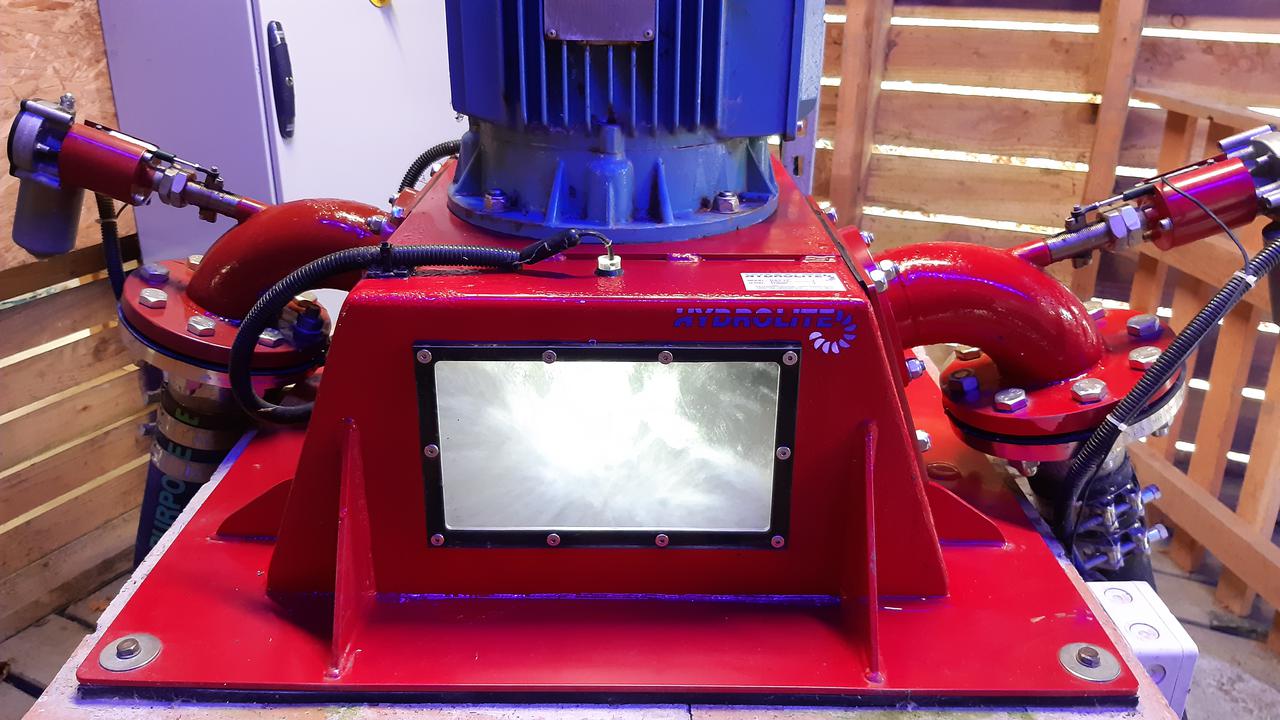
CAT is a very stimulating and eye-opening place, with much of the location taken over with practical educational projects that both illustrate and explain the many aspects of "alternative" technology.
As a teacher, I enjoyed their approach to engaging with folks wishing to learn. Rather than a "how to use" video or documentation that fills your head with facts, we were left to experiment and engage directly with "alternative" tech. For instance, the wind-powered seat (shown below), beautifully illustrated how little wind is needed to achieve some useful end (in this case, lift and lower a person).
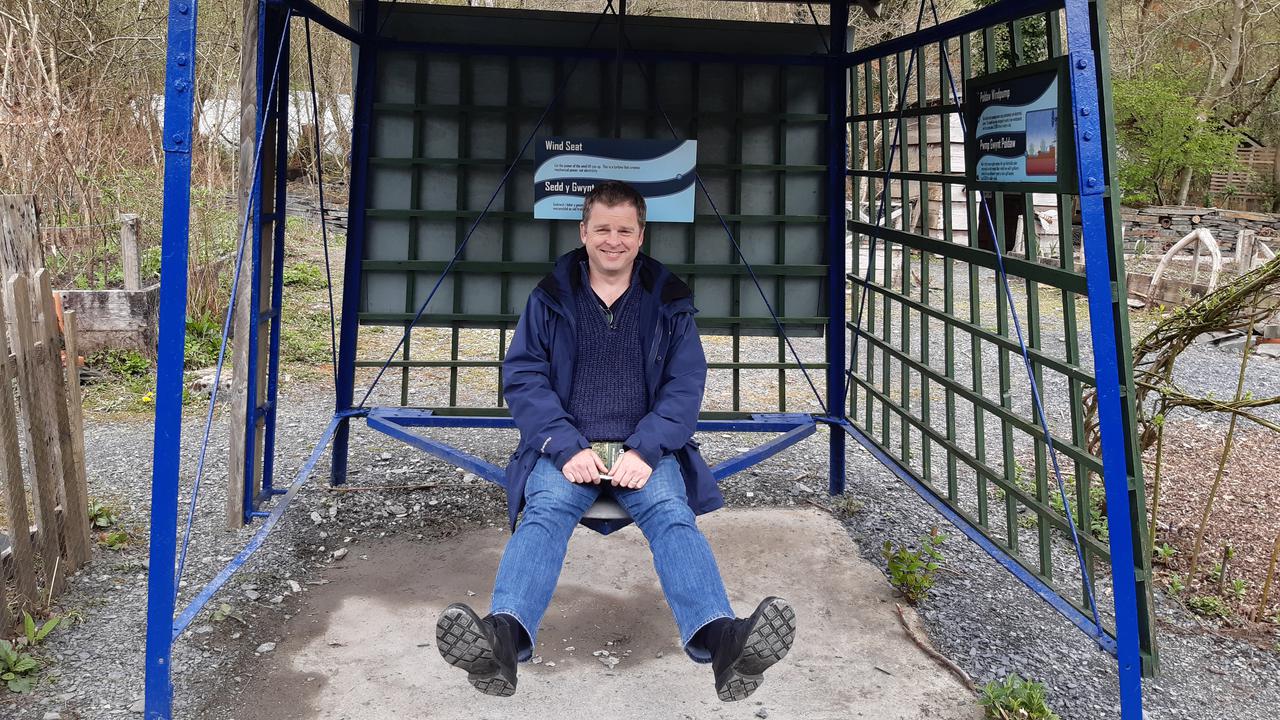
What you don't see in this photograph of me sitting on the chair, is the relatively small windmill attached by a pulley system to the seat. I have to say this was a pleasantly gentle and rather fun way to prove a point.
Architecture is also an important aspect of CAT, with many of the buildings demonstrating interesting approaches to creating space for living, working and enjoying life. Often unusual but sustainably sourced materials are used (straw bale, or rammed earth for instance) and those aspects of the building are thoughtfully brought to visitor's attention.
CAT is also a thriving educational organisation and, while we were wandering the site, we noticed groups of students learning about "alternative" technology in buildings built with such technology, created by the folks running the educational programme.
I rather like the directness of this approach. If I were a student looking to engage with these things, who wouldn't want to learn in such a way?
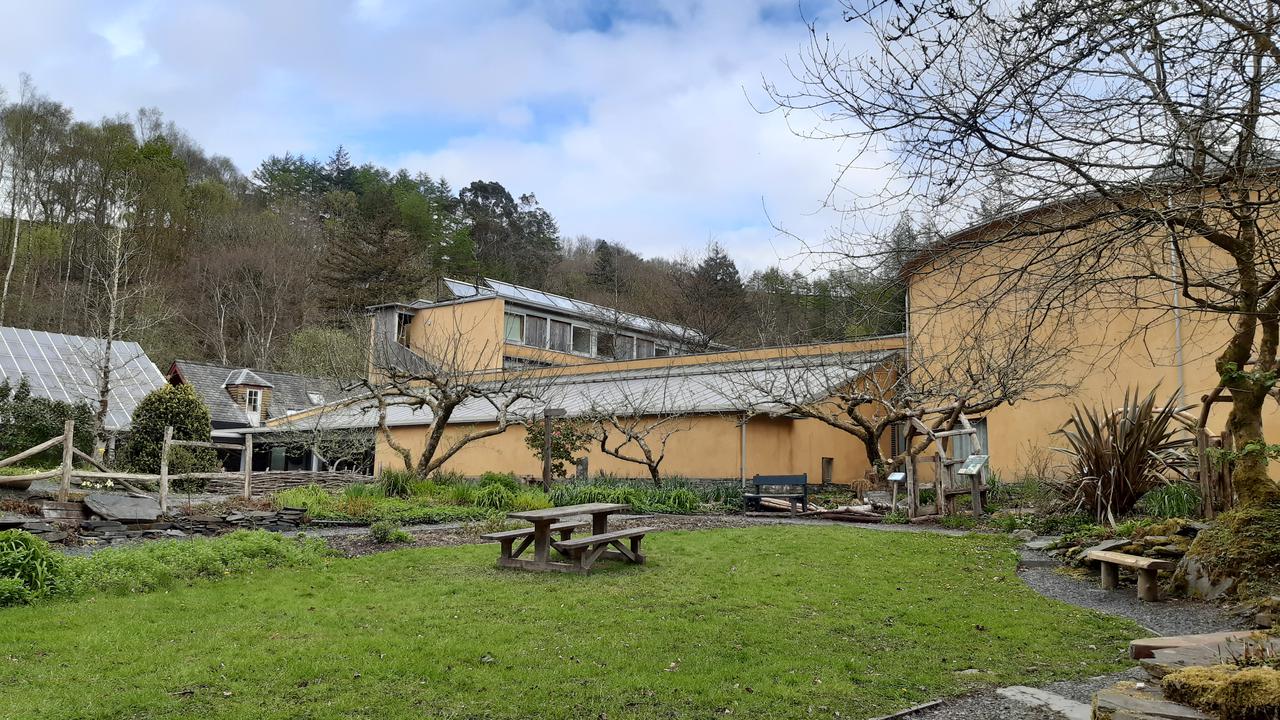
Finally, CAT isn't just about "alternative" tech, but also contains information about alternative uses of "traditional" tech. For instance, as a space-nut, I was fascinated by their interactive display on using small earth observation satellites to gather data and monitor changes in the landscape. Space bound technology is no longer just the preserve of large governmental agencies like NASA, and the open data received can be put to all sorts of interesting and important uses.
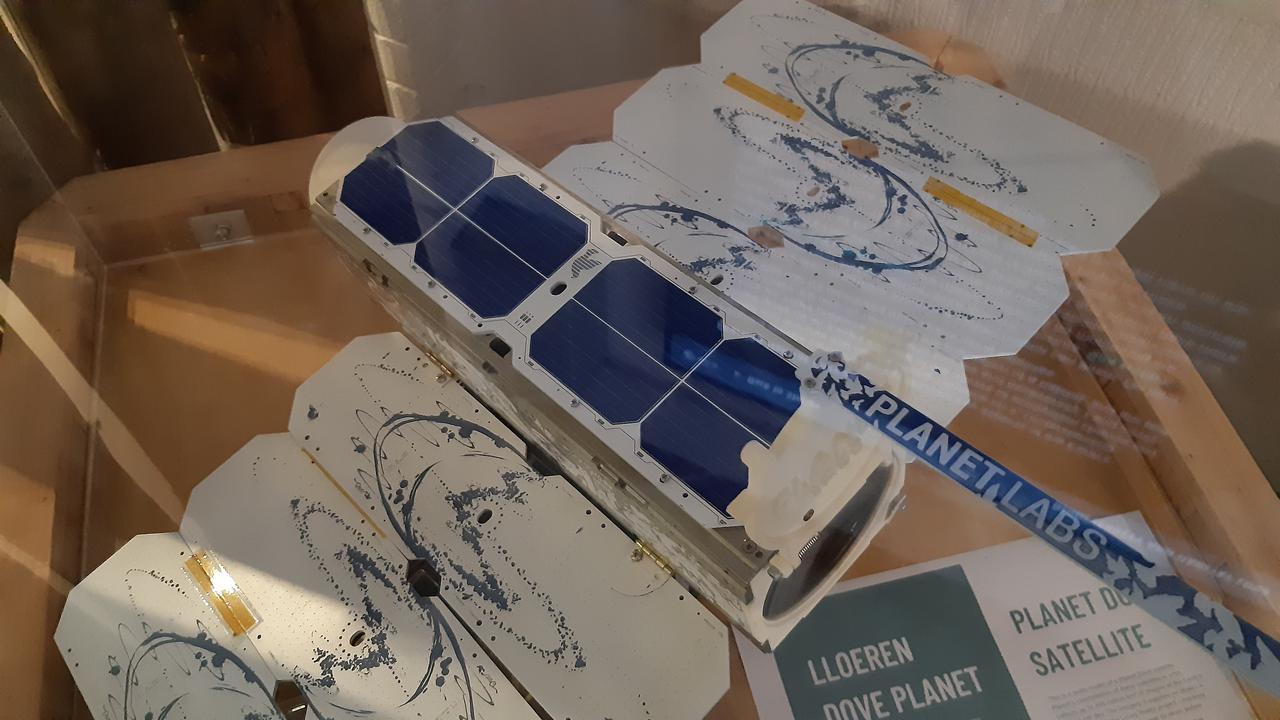
If you're ever in mid-Wales, I heartily recommend CAT. Mary and I have always had thought provoking visits. Clearly CAT won't appeal to everyone, but nobody can ignore their hard work to promote a much needed different perspective... an alternative vision of "technology".